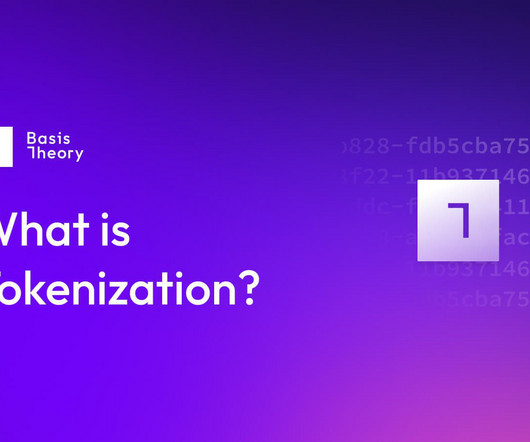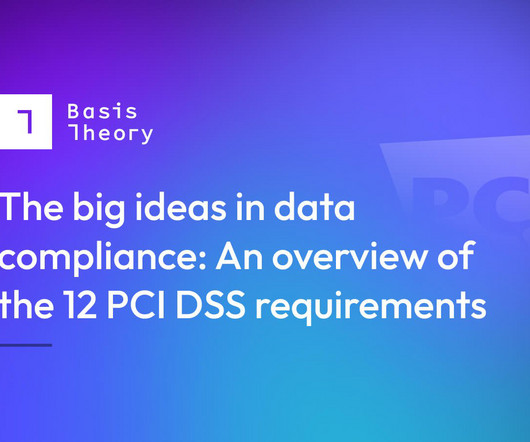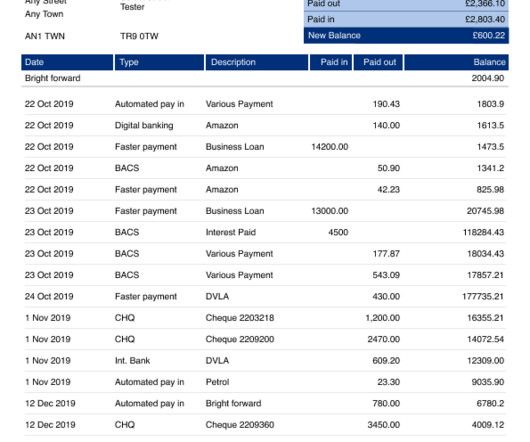What to Know About Tokenization
Basis Theory
NOVEMBER 12, 2024
As a merchant, to understand tokenization for your own benefit, it’s critical to understand: What tokenization is, why it’s important for payments, and how it compares to encryption. How tokenization applies to being PCI compliant and meeting the 12 PCI DSS requirements.













Let's personalize your content